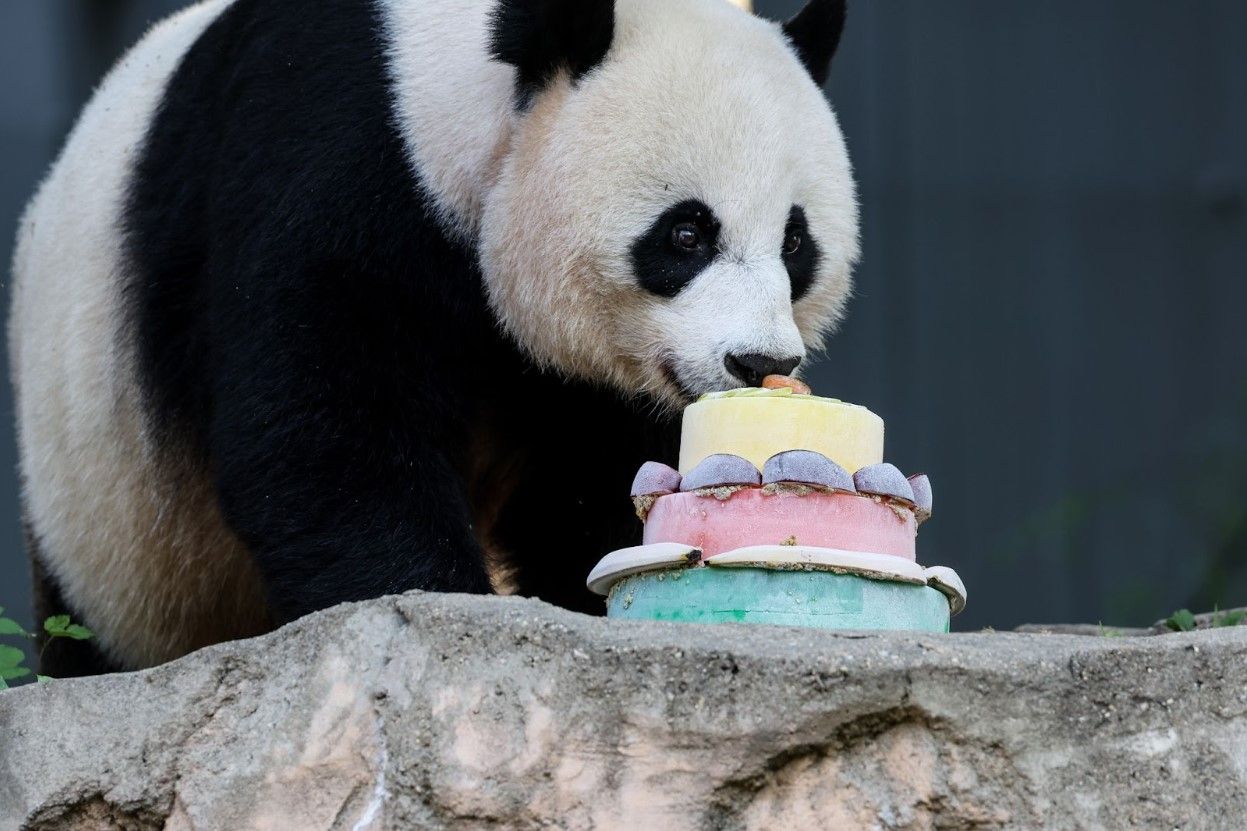A 2,000-Year-Old Giant Panda Skeleton Was Discovered in an Ancient Chinese Emperor’s Tomb
Archeologists in China have made an incredible discovery inside an ancient Chinese emperor’s tomb. The remains of a giant panda bear were unearthed near the grave of one of China’s earliest emperors who ruled over the country more than 2,000 years ago.
The skeletal remains of the panda were located at the tomb of Emperor Wen of Han near the city of Xian, the former capital of China.
The Panda Skeleton Is the First of its Kind
The unearthed panda skeleton holds an unprecedented title. It represents the first time a complete skeleton was located in that area of the Shaanxi province. Advanced DNA testing was able to trace the remains to a giant panda species.

Source: Anna Moneymaker/Getty Images
Expert archaeologist Hu Songmei of the Shaanxi Academy of Archaeology believes that the panda may have belonged to the Qinling species, which are identifiable by their round facial features.
The Panda Was Likely Sacrificed in an Ancient Tradition
Animal sacrifices were common thousands of years ago, and researchers believe that the ancient panda succumbed to the sacrificial ritual. The panda was found facing the tomb in close proximity to an animal sacrifice pit located in the vicinity.

Source: AZ Animals
Ancient Chinese culture holds pandas in high regard and many believed that pandas were a sign of peace and even prestige. People in positions of power, such as the emperor, were often buried with animals as a way to signify their wealth and influence.
The Giant Panda Wouldn’t Have Existed in the Same Area Today
The skeletal remains of animals were commonly buried with people of a certain status, but an entire skeleton has never been found until now.

Source: The Conversation
Emperor Wen’s mother, Empress Dowager Bo, was also buried alongside a panda – but only partial remains were uncovered at the burial site. The discovery of the giant panda could mean that pandas were once able to exist in Xian’s climate, or that the panda was sent to the emperor as an offering.
Archaeologists Found More Than Just the Panda
As mentioned previously, an animal sacrifice pit was also located near Emperor Wen’s burial site. While the discovery of the giant panda is a monumental find, researchers uncovered a lot more than just the ancient panda skeleton.

Source: Tierpark Berlin
A collection of ancient animals were assumed to have been sacrificed, and the remains of a tiger, bison, yak, takin, and various other creatures were also found.
